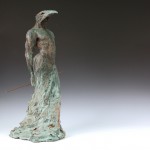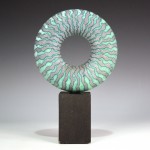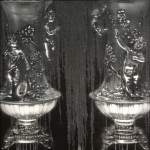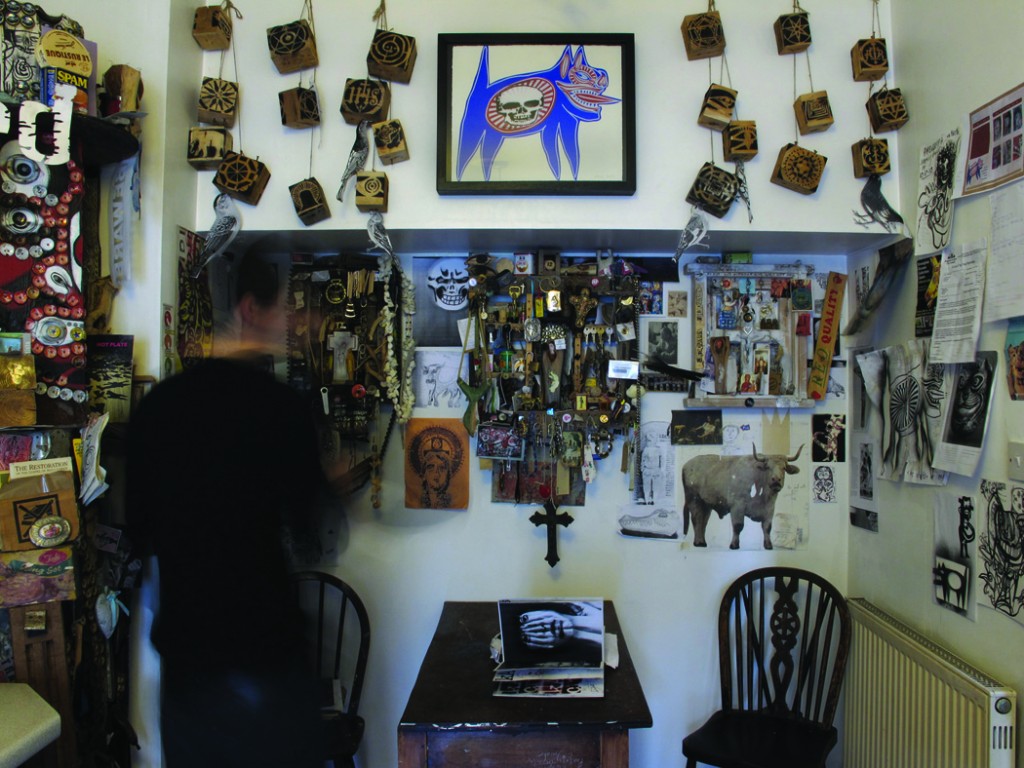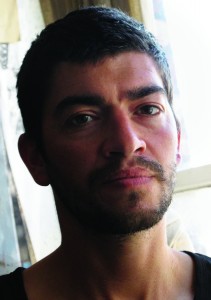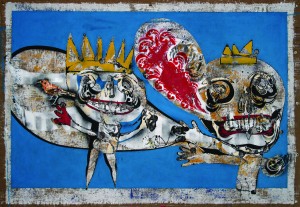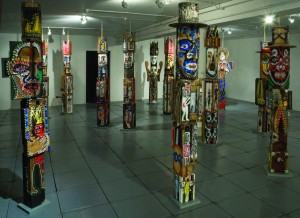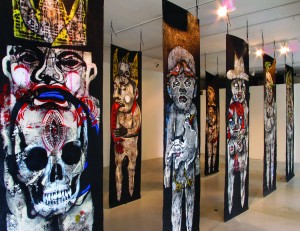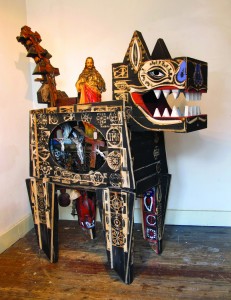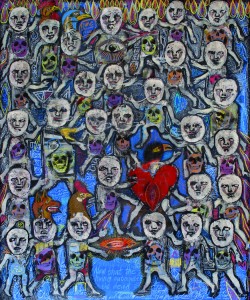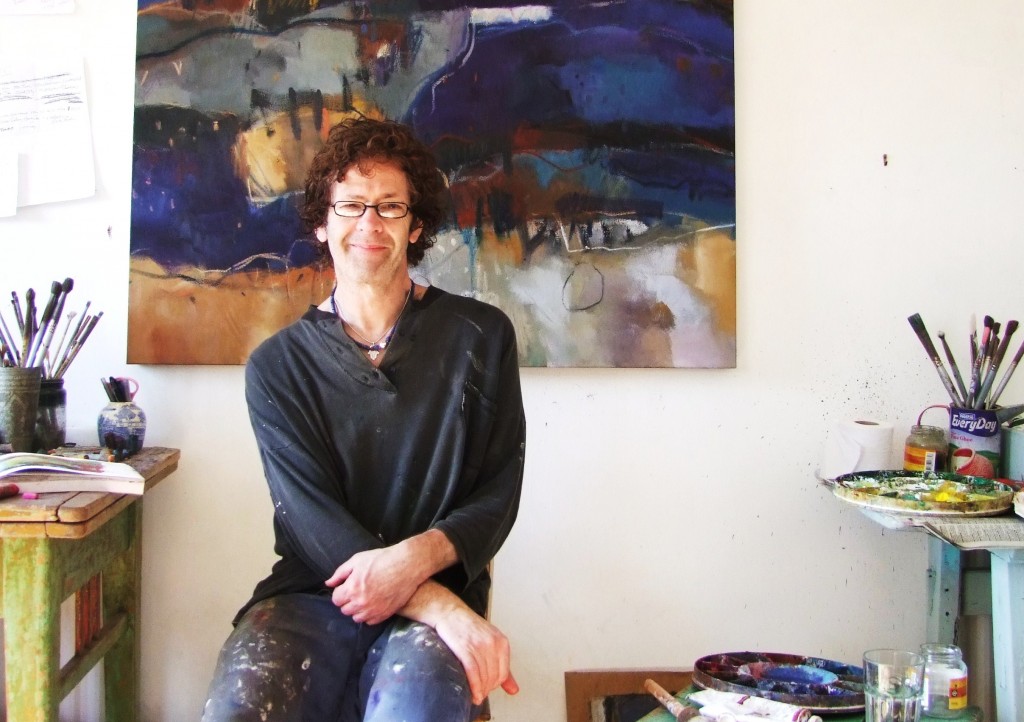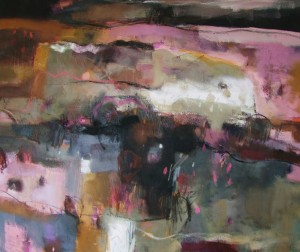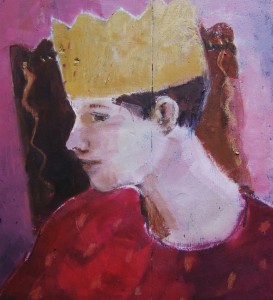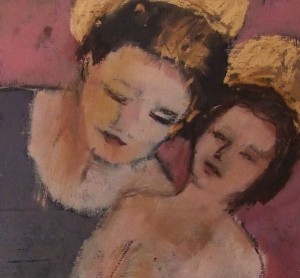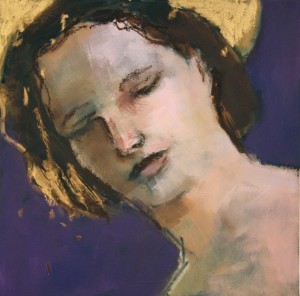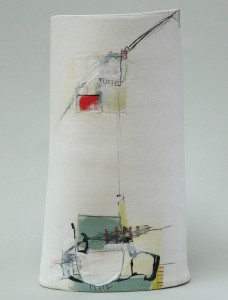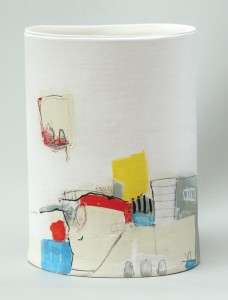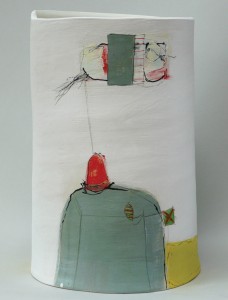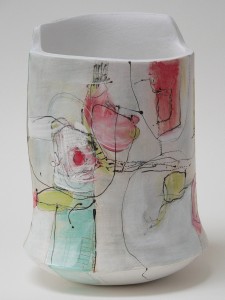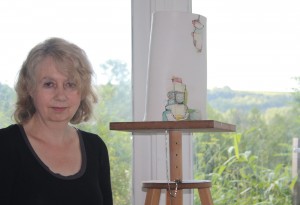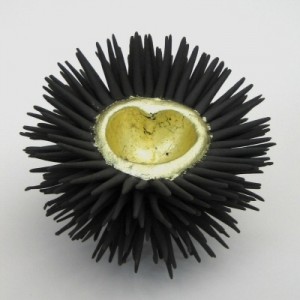The Toovey’s Contemporary Art Auction has been announced for Saturday, July 21st 2012.
Artists wishing to participate in this exciting event are invited to enter the selection process. The sale consists solely of work entered by self-representing artists. The final selection will be made by event organiser Nicholas Toovey once the deadline of 30th March has passed.
The Contemporary Art Auction is now in its sixth year and continues to gather momentum, it is now considered to be a major platform for artists to showcase their work in Sussex. The auction this year will be preceded by an exhibition at Horsham Museum & Art Gallery between the 1st June and 7th July.
If you are interested in participating, but would like to know more, please do not hesitate to contact Nicholas (via the email button on the top bar), who will be happy to provide further information and a catalogue from last year’s auction should you require. Click here for testimonials from other artists or click here for testimonials from a few of our buyers. If you think your art has what it takes to be chosen for this year’s auction and would like to enter the selection process you will need to email images of the work you would like to submit (up to a maximum of ten) with sizes and a price list of suggested reserves by 30th March 2012. Images should be supplied in a JPEG format and do not have to be professional photographs – snapshots will suffice. This, along with a CV and any other information you feel would be relevant, will allow Nicholas Toovey to make an informed decision on whom to represent this year.
Below is a selection of works sold in the 2011 auction, as you can see the auction includes sculptures, ceramics and paintings, in addition to hand-created prints, photographs and metalwork.
